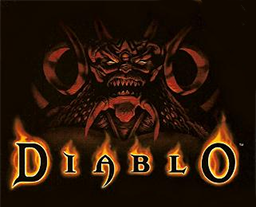I’ve been playing a lot of Enter The Gungeon recently. It’s a great, brutally hard, twin stick bullet hell that reminded me a lot of Binding of Isaac. But as I’ve been playing it more and more, I realized that the dungeon design actually shows some subtle genius.

There are many procedural generators out there that produce sensible level layouts that manage pacing and rewards correctly, and there are other generators out there that provide levels that include loops and compact layouts. But it’s hard to find both in a single game. Really, the only other game I’ve heard attempting this is Unexplored.
So, naturally, I broke out the decompiler to reveal all of Gungeon‘s secrets to me. I’ll share with you what I found.
Continue reading
